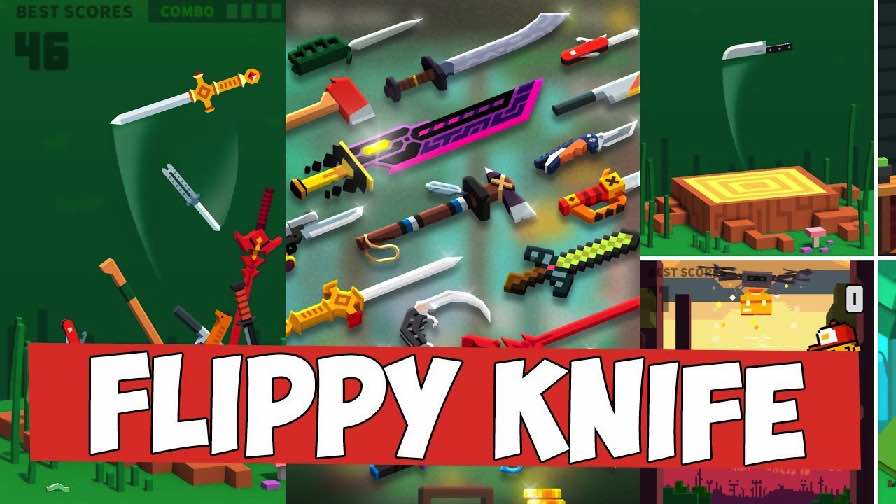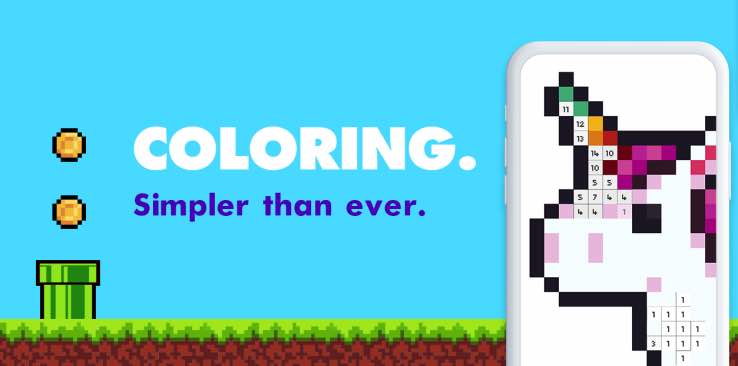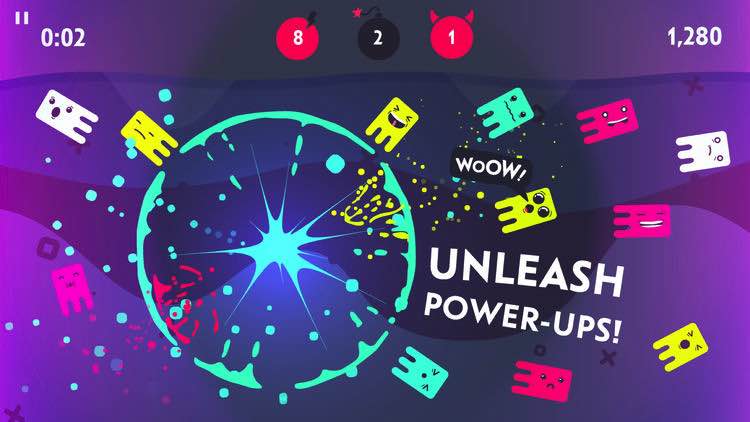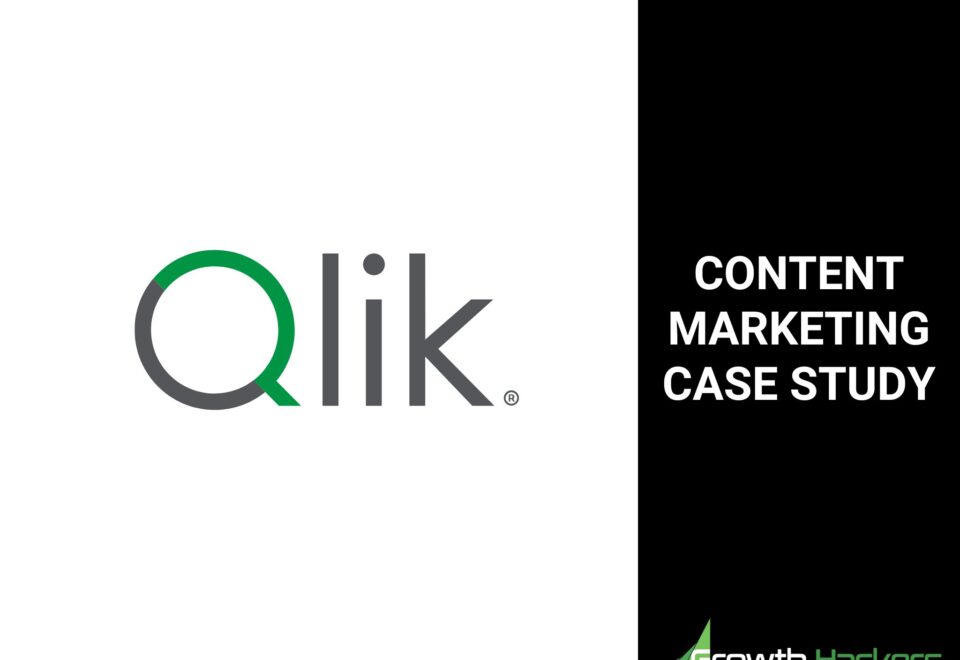The past few years, we’ve witnessed a radical change at the top of app store charts. Casual games like CandyCrush, Angry Birds, Playrix’s Homescapes, Design Home by Glu Mobile, Pixelberry’s Choices held high positions in “top grossing” above many mid-core titles. In the mobile gaming world, every new thing causes the questions not only about the reasons behind its popularity but also about monetization strategy employed. How exactly do developers monetize their casual games? What techniques do they use in order to keep users engaged and earn money simultaneously?
Developers’ experience demonstrates that among all the game genres casual one is the best for ad implementation. The majority of casual games successfully combine in-app purchases with advertising and keep user retention at the satisfactory level at the same time. We looked for the best strategies for casual games to help you out with finding your own. Thanks to 3 case studies from app developers, you're going to find out how to increase ad revenue for your casual mobile games.
Developers’ experience demonstrates that among all the game genres casual one is the best for ad implementation. The majority of casual games successfully combine in-app purchases with advertising and keep user retention at the satisfactory level at the same time. We looked for the best strategies for casual games to help you out with finding your own. Thanks to 3 case studies from app developers, you're going to find out how to increase ad revenue for your casual mobile games.
Flippy Knife by Beresnev Games
— more than 20,000,000 downloads;
— game of the week in 66 countries;
— #1 in the top games in the USA, Russia, Australia, the UK, Canada
Rewarded Video happened to be the most effective ad format for Flippy Knife. Advertisements are shown in exchange for cool new knives — now there are more than 102 of them. The reward varies depending on the knife type: for example, you have to watch 49 videos to get a “fancy” knife but for some average knives 20 videos are enough.
Watching ads also allows players to recover after a failure — this classic method works great in line with the engaging gameplay. Besides these options, a player can watch videos and get a treasure chest for it.
The developers came up with a special event within the “Home” location: when throwing the knife from one platform to another a gamer sees a TV. As users hit the spot, they watch a rewarded video ad and get additional coins for doing that. However, this event doesn’t annoy users since they get the reward. In fact, this is a cool way to avoid any negative reviews. Now, this “TV idea” generates half of the game’s revenue. Aside from Rewarded Video, the developers utilize banners but Rewarded Video remains the most profitable ad type.
Experiments with different ad types demonstrated that organic ad placements decrease the level of user dissatisfaction significantly. To give you an example: initially, ad impressions were rather random — users would watch interstitial videos after every five rounds of play mode. As a result, the developers were swamped with negative reviews because of illogically placed ads. When they made the advertising in gameplay more natural, the amount of negative feedback dropped in half.
As a result, ad revenue increased and ads outperform in-app purchases. According to publishers, in-app purchases caused way more negative reviews than watching ads for a new type of a knife. It appears that players prefer to spend their time on ads rather than pay even little money for turning it off. To be able to access to many ad demand sources at the same time, currently, the developers utilize the ad mediation solution from Appodeal.
• Think about unusual ad placements that will seem natural in your game (like rewarded video on an in-app TV)
• Make sure to find a good balance between in-apps and ads so both monetization methods look organic
— game of the week in 66 countries;
— #1 in the top games in the USA, Russia, Australia, the UK, Canada
What’s the game about:
The game is about throwing knives in several locations and training skills. The player can get a collection of knives, axes, swords and weapons that are known worldwide.Monetization strategy
The studio thought through a sophisticated monetization strategy that connected in-app purchases and ads closely.Rewarded Video happened to be the most effective ad format for Flippy Knife. Advertisements are shown in exchange for cool new knives — now there are more than 102 of them. The reward varies depending on the knife type: for example, you have to watch 49 videos to get a “fancy” knife but for some average knives 20 videos are enough.
Watching ads also allows players to recover after a failure — this classic method works great in line with the engaging gameplay. Besides these options, a player can watch videos and get a treasure chest for it.
The developers came up with a special event within the “Home” location: when throwing the knife from one platform to another a gamer sees a TV. As users hit the spot, they watch a rewarded video ad and get additional coins for doing that. However, this event doesn’t annoy users since they get the reward. In fact, this is a cool way to avoid any negative reviews. Now, this “TV idea” generates half of the game’s revenue. Aside from Rewarded Video, the developers utilize banners but Rewarded Video remains the most profitable ad type.
Experiments with different ad types demonstrated that organic ad placements decrease the level of user dissatisfaction significantly. To give you an example: initially, ad impressions were rather random — users would watch interstitial videos after every five rounds of play mode. As a result, the developers were swamped with negative reviews because of illogically placed ads. When they made the advertising in gameplay more natural, the amount of negative feedback dropped in half.
As a result, ad revenue increased and ads outperform in-app purchases. According to publishers, in-app purchases caused way more negative reviews than watching ads for a new type of a knife. It appears that players prefer to spend their time on ads rather than pay even little money for turning it off. To be able to access to many ad demand sources at the same time, currently, the developers utilize the ad mediation solution from Appodeal.
Main insights on how to increase ad revenue
• Be creative about your content so users will aspire to watch in exchange for cool boosts and objects• Think about unusual ad placements that will seem natural in your game (like rewarded video on an in-app TV)
• Make sure to find a good balance between in-apps and ads so both monetization methods look organic

Unicorn by AppsYouLove
• 10 million MAU;
• 130K downloads during the release day;
• 1st place in the Top Free section in the US, Russia and Sweden.
A deal with one of the largest ad networks which was possible thanks to AppsYouLove huge audience is one of the success factors that helped to boost monetization.
Appodeal allows to tune the network’s priority in their dashboard. The deal assumed ad network priority within the waterfall in exchange for the bonus and improved performance. During the first month of the deal, the network managed to increase its traffic amount from 5% to 40%. The rest 60% of traffic is monetized with Appodeal ad mediation. Appodeal helps to distribute traffic between several networks and get the maximum of the inventory.
AppsYouLove aimed at enhancing ad revenue that covers 90% of the audience — which is logical. After the deal, ad ARPDAU increased by 25% worldwide. In the US, where the app’s main audience is based, ad ARPDAU increased by 30-35%. Currently, Unicorn’s monthly ad revenue reaches $1.1 - 1.3 million.
• Combining the deal with the network and monetizing the rest of the inventory with the ad mediation tool.
• 130K downloads during the release day;
• 1st place in the Top Free section in the US, Russia and Sweden.
What’s the game about:
Pixel art coloring app, where a user doesn’t have to select colors, but only need to pick the color from the readymade palette and color cells of matching numbers.Monetization strategy
The company uses a hybrid monetization model: 7-day subscription provides an access to premium pictures and night mode, also, it turns off advertising. Only 10% of the users subscribe while the rest remain unpaid. Thus, the publisher decided in favor of in-app advertising.A deal with one of the largest ad networks which was possible thanks to AppsYouLove huge audience is one of the success factors that helped to boost monetization.
Appodeal allows to tune the network’s priority in their dashboard. The deal assumed ad network priority within the waterfall in exchange for the bonus and improved performance. During the first month of the deal, the network managed to increase its traffic amount from 5% to 40%. The rest 60% of traffic is monetized with Appodeal ad mediation. Appodeal helps to distribute traffic between several networks and get the maximum of the inventory.
AppsYouLove aimed at enhancing ad revenue that covers 90% of the audience — which is logical. After the deal, ad ARPDAU increased by 25% worldwide. In the US, where the app’s main audience is based, ad ARPDAU increased by 30-35%. Currently, Unicorn’s monthly ad revenue reaches $1.1 - 1.3 million.
Main insights on how to increase ad revenue
• Hybrid monetization model: paid subscription to access to premium pictures, night mode and to turn off advertising• Combining the deal with the network and monetizing the rest of the inventory with the ad mediation tool.

JELLIES! by FIFTYTWO
• “The Best App of June” feature in the App Store;
• Over 5 million downloads;
• Silver Award by PocketGamer.
“We had trouble picturing the economics of free-to-play games at the time of development.”, says Michael Shagin, Co-Founder and Developer at FiftyTwo. The conversion rate of in-app purchases was quite low. Players were supposed to buy bonuses and additional time, but this strategy didn’t pay off. It was easy to play through the game without these bells and whistles. The developers aspired to monetize easily and quickly by adding ads without any changes within gameplay.
They started with AdMob and then switched over to Appodeal in order to increase fill-rate and eCPM with its broad range of ad networks (including AdMob and InMobi).
The game itself is all about timing. Users need to catch as many jellyfish as they can in 1-2 minutes. So the developers decided to go with a proven classic model:
1) Full-Screen Ads. Players play passionately, a round ends, and a full-screen ad pops up. Integration is smooth during this natural pause, so it doesn’t annoy users. There’s also a paid option to turn off advertising.
2) Rewarded Videos: Users can watch a video ad and get in-app coins. There’s an in-game shop where players can buy coin sets and bonuses, as well as an option to watch video ads there for more coins.
As a result, the publisher got $3-$12 eCPMs, 95-97% fill rate globally and 3x game revenue increase.
• Proven classic model: showing rewarded video in exchange for coins, paid option to turn off advertising;
• Testing monetization strategies during the lifetime of a game.
• Over 5 million downloads;
• Silver Award by PocketGamer.
What’s the game about:
A handcrafted game about catching jellies. Users need to catch as many jellyfish as they can in 1-2 minutes.Monetization strategy:
JELLIES! is the first game from FIFTYTWO. Initially, it was supposed to be a premium game with in-app purchases. Then the game got featured as “The App of the Week” by the App Store and reached about 3 million downloads during that particular week. Thanks to that great reception, the developers decided to make the game free-to-play once and for all.“We had trouble picturing the economics of free-to-play games at the time of development.”, says Michael Shagin, Co-Founder and Developer at FiftyTwo. The conversion rate of in-app purchases was quite low. Players were supposed to buy bonuses and additional time, but this strategy didn’t pay off. It was easy to play through the game without these bells and whistles. The developers aspired to monetize easily and quickly by adding ads without any changes within gameplay.
They started with AdMob and then switched over to Appodeal in order to increase fill-rate and eCPM with its broad range of ad networks (including AdMob and InMobi).
The game itself is all about timing. Users need to catch as many jellyfish as they can in 1-2 minutes. So the developers decided to go with a proven classic model:
1) Full-Screen Ads. Players play passionately, a round ends, and a full-screen ad pops up. Integration is smooth during this natural pause, so it doesn’t annoy users. There’s also a paid option to turn off advertising.
2) Rewarded Videos: Users can watch a video ad and get in-app coins. There’s an in-game shop where players can buy coin sets and bonuses, as well as an option to watch video ads there for more coins.
As a result, the publisher got $3-$12 eCPMs, 95-97% fill rate globally and 3x game revenue increase.
Main insights on how to increase ad revenue:
• Full-screen ads in the end of the round not to annoy users;• Proven classic model: showing rewarded video in exchange for coins, paid option to turn off advertising;
• Testing monetization strategies during the lifetime of a game.

So, how to increase ad revenue for your casual app games?
Mobile game monetization is a huge gold mine, and casual games have big chances to get the most of it due to the variety of monetization options. We saw 3 case studies where you could see the strategies they use to increase ad revenue for their casual games. I hope this gives you ideas.As you can see, there are different ways to attract new players to your mobile game but you don't want to stop at downloads or players acquisition. You want to work on your retention and revenue as well. Pro tip: don't forget that genre specifics, simple mechanics, ad placements and relevancy are key!
Still, developers have to think about optimizing the user experience by considering the frequency and format of ads. We hope that applying these insights to your strategy will help you not only to avoid mistakes and save time but also to dig deeper for your piece of gold.
A lot of businesses fail because they don't think about generating revenue and focus on vanity metrics instead. If you have a startup, a mobile app or any other businesses, generating revenue should be one of your top priorities!
Growth Hackers is one of the top mobile marketing companies helping businesses increase their revenue. How do we do it? We use many digital marketing strategies such as inbound marketing, growth hacking, conversion optimizations, partnerships and more. We are data-driven and our goal is to see your brand succeed. If you're interested to take your company to the next level, it's time to contact Growth Hackers!




